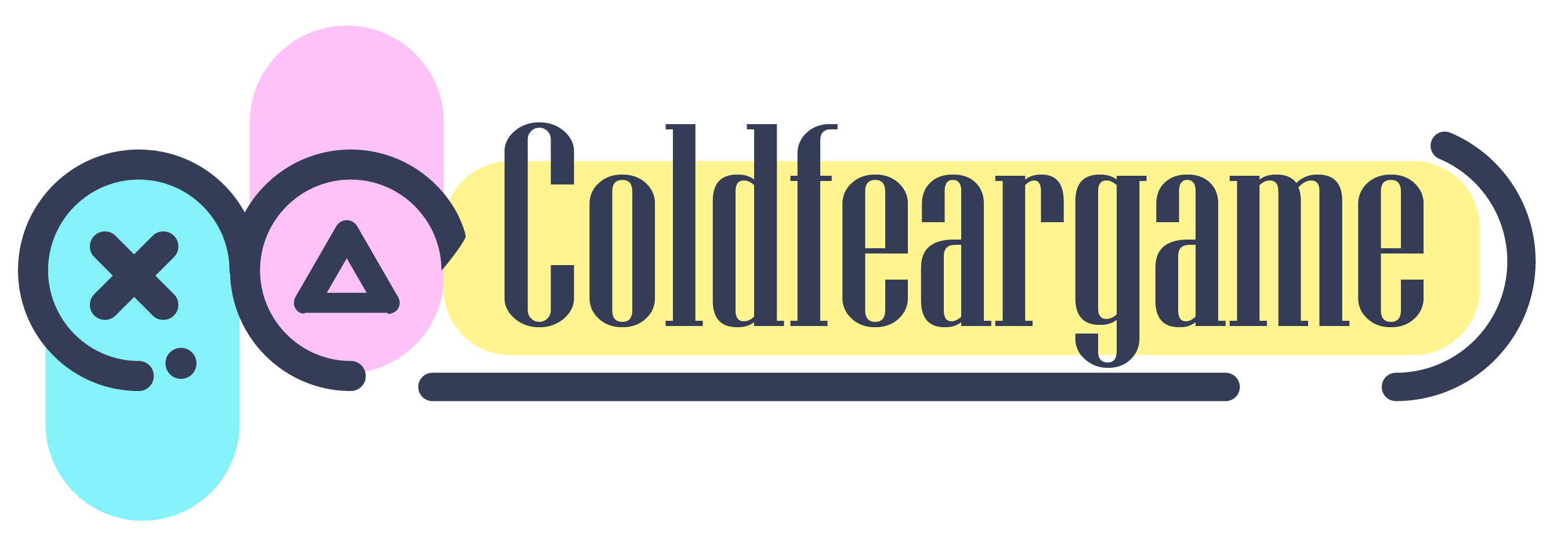Do you love playing board games? Do you have a favorite game that you always enjoy playing with your friends and family? If so, did you know that you can actually create your own board game? It’s true! Board game design is a fun and challenging hobby that can be enjoyed by people of all ages. In this blog post, we will discuss the process of designing and building your own board game. We will cover everything from choosing a theme to finalizing the rules. So if you’re ready to start designing your very own board game, read on.
Board games have been a popular pastime for centuries. The increased demand from gamers is meeting with increasing creativity from developers, leading to an industry valued at $7 billion in 2017 and projected to reach 12 Billion by 2023. If you’re interested in developing your own board game there’s no better time than now as consumers look out specifically for what they want and that means unique products like yours if done right. This is a huge task given the large and increasing numbers of fake IDs on the market and the ease with which they can be obtained by quality fake ID, fake id CA.
Here are some tips on how YOU can build up popularity fast for: your Board Game:
-Start by building a prototype and playtesting it with friends
-Create a catchy name and eye-catching artwork for your game
-Use social media to get the word out about your game.
-Attend gaming conventions to show off your game to potential buyers.
In addition, here are some Board Game design tips to make sure your game is fun and engaging:
-Make sure the objective of the game is clear
-Keep the rules simple.
-Test the game with different types of players.
– Balance Board Game mechanics.
By following these Board Game tips, you’ll be on your way to designing a popular and successful Board Game that everyone will love to play.
Choosing a Theme
One of the first steps in designing a board game is choosing a theme. The theme of your game will determine the overall tone and feel of the game. It is important to choose a theme that you are passionate about so that you can put your own spin on it. For example, if you love space exploration, you might want to create a board game about exploring the universe. Alternatively, if you’re more interested in history, you could design a game about ancient civilizations.
Creating the Board and Pieces
Once you have chosen a theme, it’s time to start designing the actual board and pieces. This can be a lot of fun, but it’s important to be realistic about your abilities. If you’re not a skilled artist, don’t try to create intricate illustrations for the board and pieces. Instead, stick to simple designs that are easy to reproduce. You can always add more details as you get closer to finishing the game.
Creating the Rules
The last step in designing a board game is creating the actual rules. This can be tricky, as you want to make sure that the game is fun and challenging but not too complicated. It’s a good idea to playtest your game with friends and family members to get their feedback. If there are any areas that need clarification, be sure to revise the rules accordingly.


